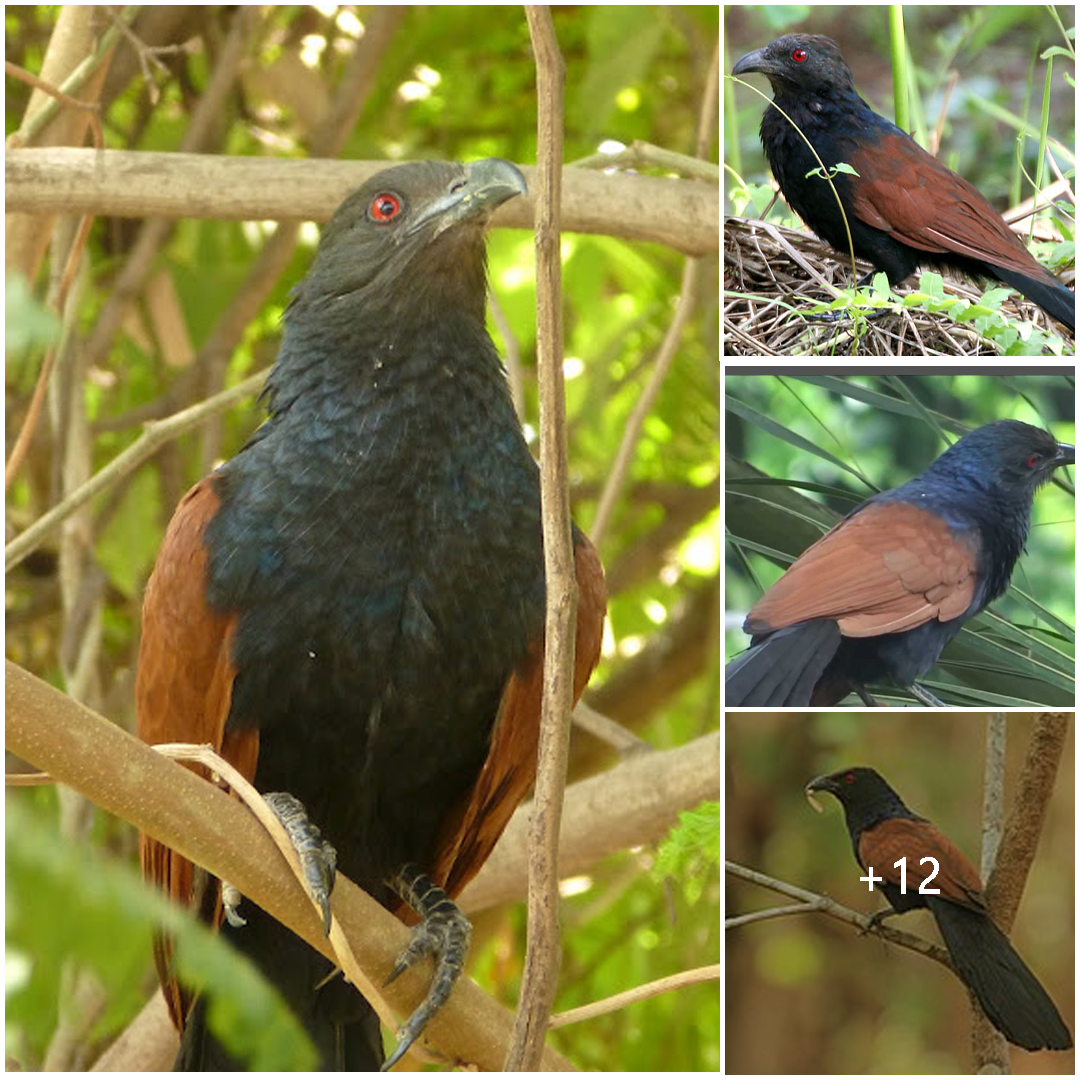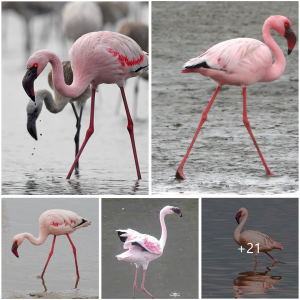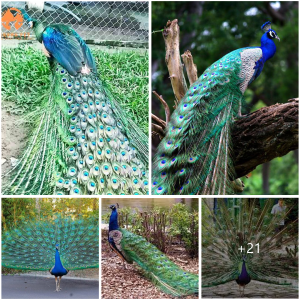
The Fascinating World of Coucals: Exploring the Enigmatic Birds of the Coucal Family
The coucals, belonging to the family Centropodidae, are a diverse and intriguing group of birds distributed across various regions of the world. With their distinctive appearance, unique behaviors, and enigmatic nature, coucals captivate the imagination of bird enthusiasts and researchers alike. Let’s delve into the fascinating world of coucals and uncover some intriguing facts about these avian wonders.
1. Taxonomy and Classification: Coucals are members of the family Centropodidae, which consists of two genera: Centropus and Centropodinae. The family is further divided into several species, each exhibiting its own distinct characteristics and behaviors. Common species of coucals include the greater coucal (Centropus sinensis), the lesser coucal (Centropus bengalensis), and the black coucal (Centropus grillii).
2. Physical Characteristics: Coucals are medium to large-sized birds with stout bodies, long tails, and strong legs adapted for terrestrial locomotion. They typically measure between 30 to 50 centimeters (12 to 20 inches) in length, depending on the species. Coucals have striking plumage patterns characterized by various shades of brown, black, and chestnut, often adorned with intricate markings and streaks. Their large, robust bills are well-suited for capturing prey and probing through dense vegetation in search of food.
3. Habitat and Distribution: Coucals inhabit a wide range of habitats, including grasslands, marshes, woodlands, and tropical rainforests. They are found across diverse regions of Africa, Asia, Australia, and the Pacific Islands, with each species exhibiting specific habitat preferences. Some species, such as the greater coucal, are highly adaptable and can thrive in both rural and urban environments.
4. Behavior and Diet: One of the most notable characteristics of coucals is their secretive and elusive nature, often remaining hidden within dense vegetation or thick undergrowth. Despite their relatively large size, coucals are skilled at concealing themselves from predators and observers alike. They are primarily ground-dwelling birds, foraging for food amidst leaf litter and low vegetation. Coucals have omnivorous diets, feeding on a variety of prey items, including insects, small vertebrates, fruits, seeds, and occasionally eggs or nestlings of other bird species.
5. Reproduction and Nesting: Coucals are monogamous birds that form long-term breeding pairs during the breeding season. They construct large, dome-shaped nests made of twigs, leaves, and other plant materials, usually hidden within dense vegetation or shrubbery. Female coucals lay a clutch of eggs, typically ranging from 2 to 5 eggs, which are then incubated by both parents for several weeks. Once hatched, the young chicks are cared for by both parents and remain in the nest until they are capable of fledging and venturing out on their own.
6. Conservation Status: While some species of coucals are considered of least concern in terms of conservation status, others face threats such as habitat loss, degradation, and fragmentation. Human activities such as deforestation, urbanization, and agricultural expansion have resulted in habitat destruction and habitat loss for coucals in many regions. Conservation efforts focused on habitat preservation, restoration, and sustainable land management are crucial for ensuring the long-term survival of coucal populations worldwide.
In conclusion, coucals are captivating birds with a rich diversity of species, behaviors, and adaptations. From their elusive nature and cryptic plumage to their intriguing nesting habits and dietary preferences, coucals continue to inspire awe and fascination among bird enthusiasts and researchers. As we strive to conserve and protect our planet’s biodiversity, let us appreciate and safeguard the invaluable contributions of these enigmatic birds to the natural world.







